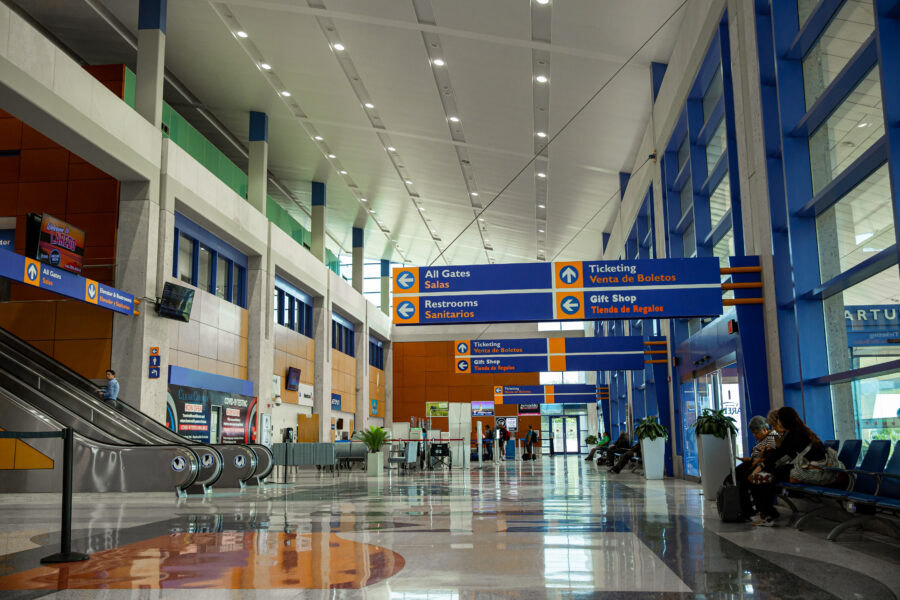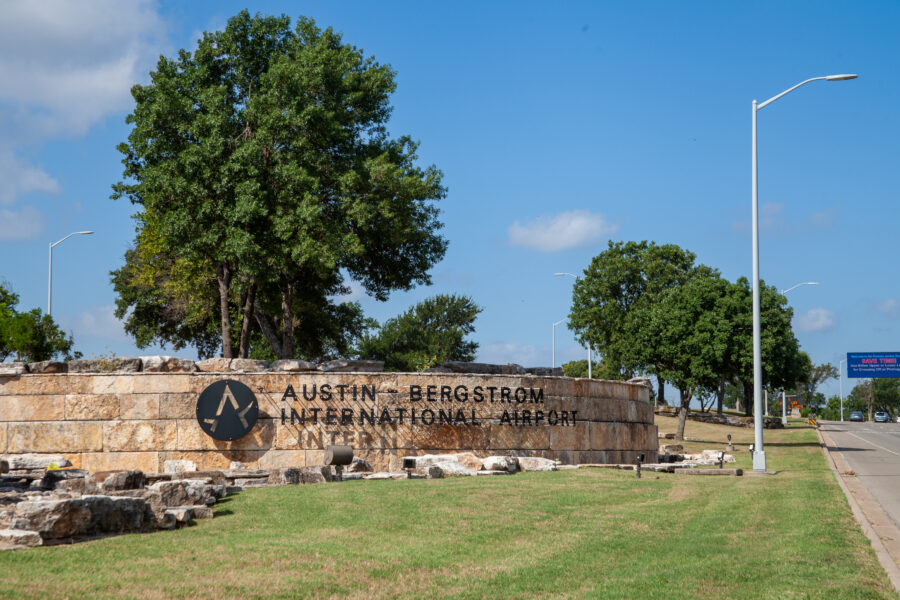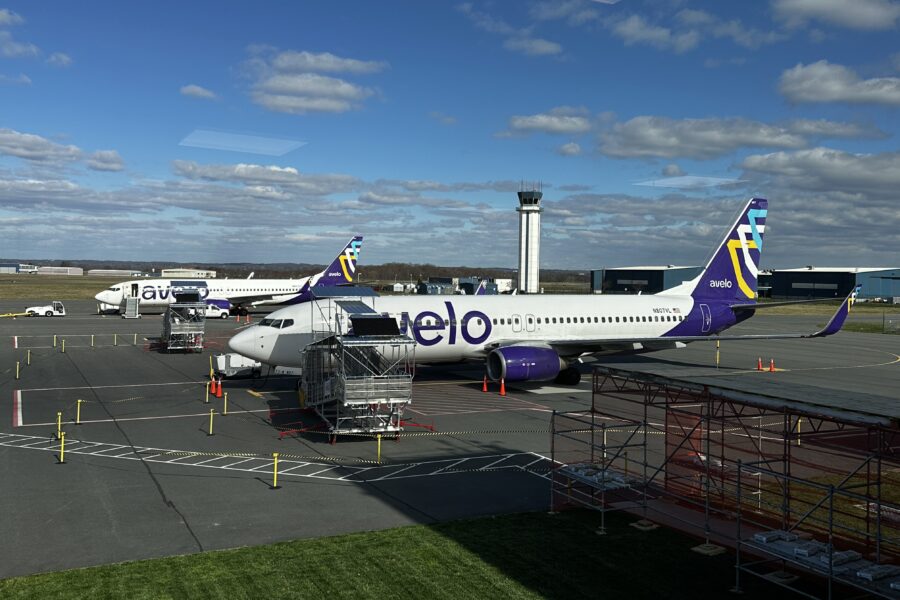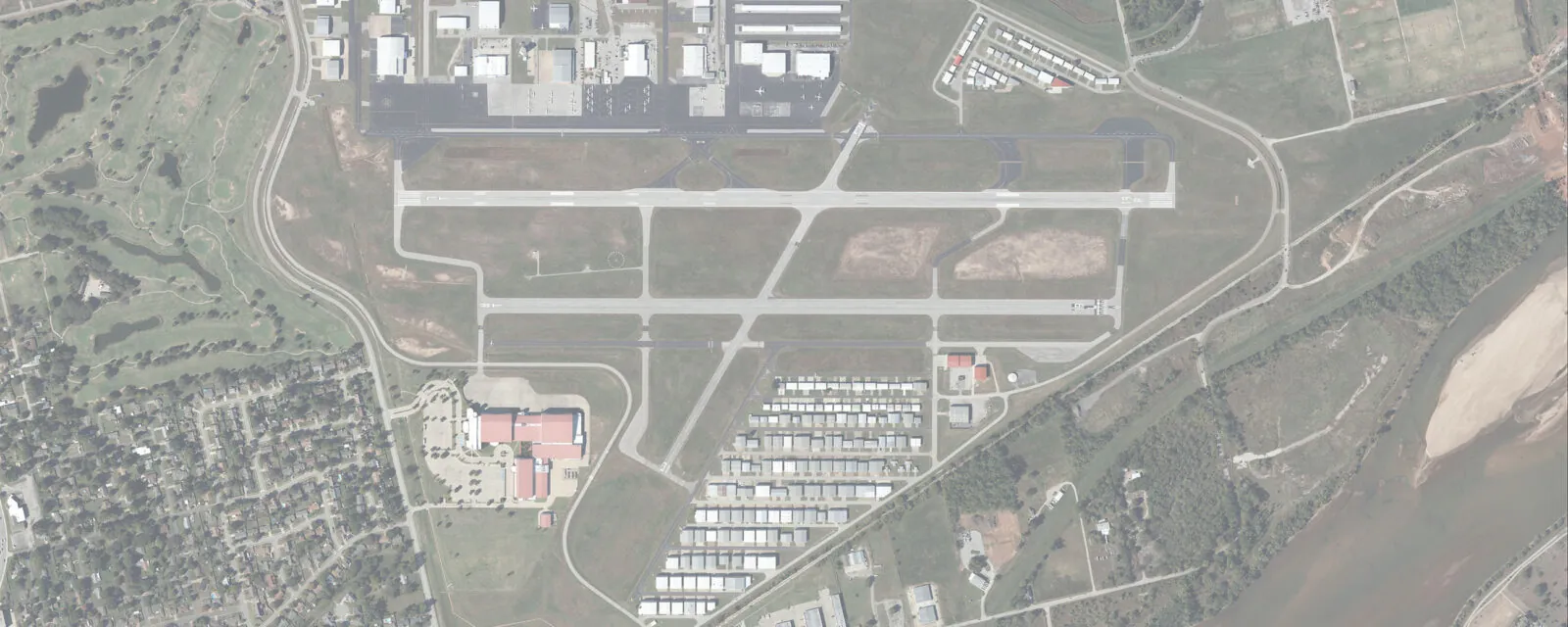
Tulsa Riverside Airport Master Plan Update
Project Details
Solutions
Location
Tulsa, OK
Client / Owner
Tulsa Airport Improvement Trust
Focus Areas & Services
RS&H offered diverse services for the Tulsa Riverside Airport Master Plan Update, aligning with the client’s objectives and addressing pivotal challenges. The deliverables encompassed extensive Master Plan chapters, covering various aspects such as goals, environmental considerations, inventory, forecasts, facility needs, alternatives development, and implementation strategies. Additionally, the provision of an in-depth airport layout plan sheet set and facilitation of a public participation program were vital components of this project. These services comprehensively tackled crucial aspects of the airport’s operations, spanning airfield, airspace, landside, support facilities, sustainability, environment, and financial planning.
An essential challenge was addressing non-standard design elements in the airport’s airfield configuration, including compliance issues and inadequate configurations. RS&H innovatively addressed this by employing a hybrid approach to assess runway alternatives and leveraging the Runway Exit Design Interactive Model (REDIM) for vital Runway Occupancy Time (ROT) analysis concerning taxiway configurations. This innovative strategy made sure there was an optimized solution for the primary runway, effectively navigating around compliance issues.
The alternatives process resulted in multiple taxiway and runway alternatives, integrated into a preferred airfield development graphic. This comprehensive solution resolved geometric issues, enhanced functionality, increased capability for airport tenants and users, and improved safety for existing and projected aircraft fleets.
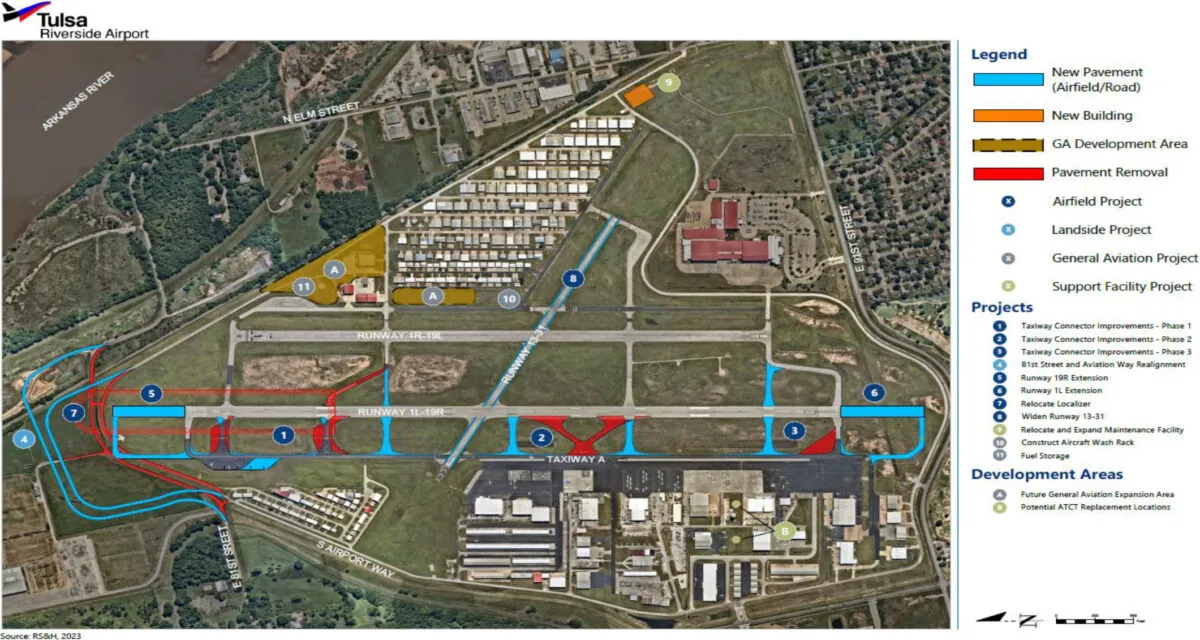
RS&H’s approach facilitated significant cost and time savings by leveraging collaboration among in-house experts, streamlining cost estimation, and enhancing environmental assessments. This multidisciplinary collaboration significantly reduced project timelines and costs, directly benefiting the project.
Sustainability Considerations
Moreover, the project emphasized environmental sustainability by recommending infrastructure improvements for potential electric vehicle (EV) charging stations. The plan suggested evaluating existing electrical lines’ capacity to support these stations, aiming to identify necessary enhancements to cater to the rising demand for EV facilities at the airport. The master plan also incorporated additional environmental considerations for construction activities related to the airport development plan. Implementation of a post-construction Stormwater Pollution Prevention Plan (SWPPP) and a Spill Prevention, Control, and Countermeasure (SPCC) plan is expected to address stormwater pollution and manage potential fuel spills effectively.

